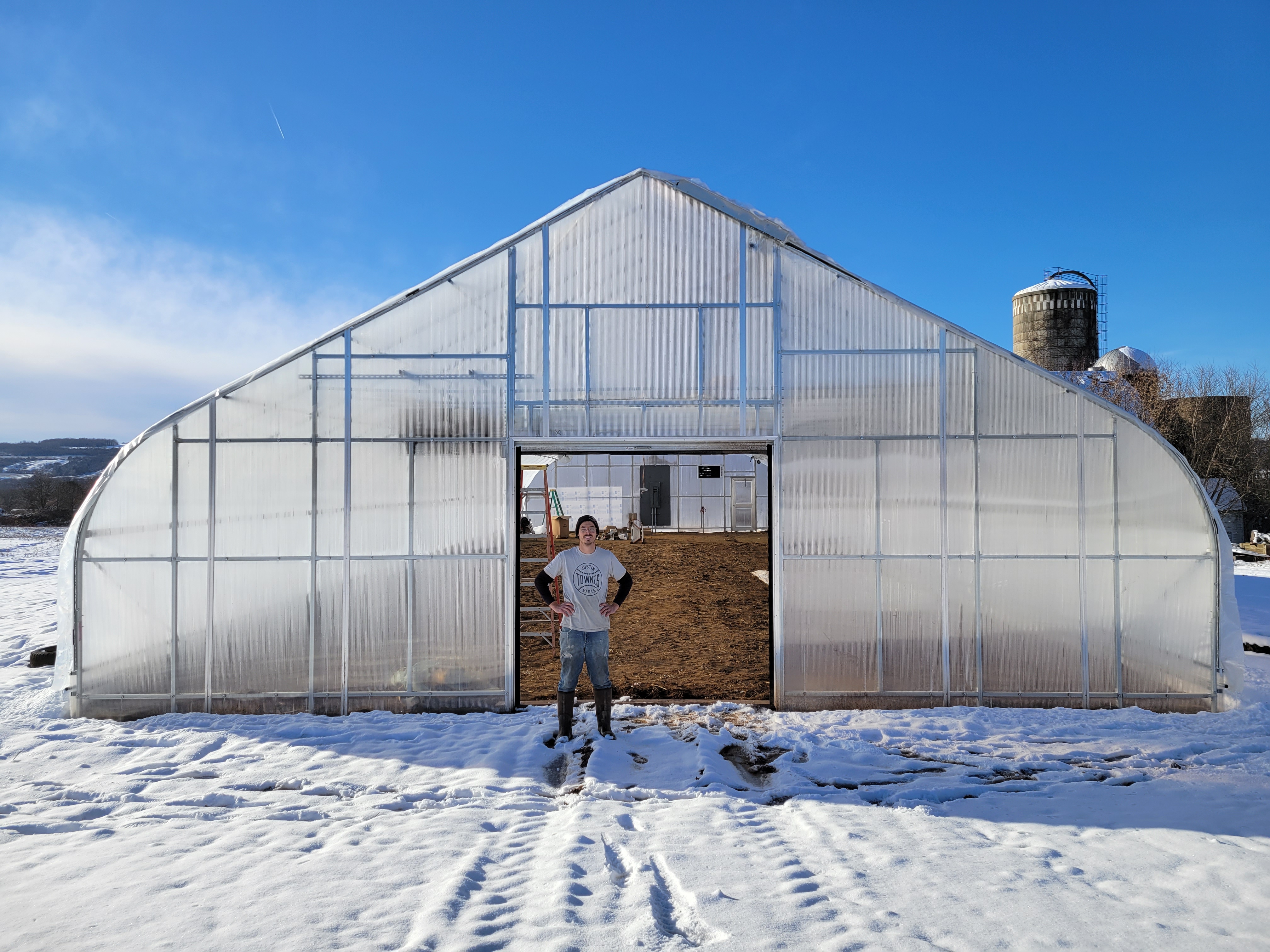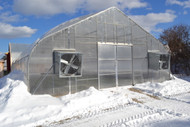As winter rolls in across the U.S., growers large and small are readying their farms for the days ahead. Growers in northern climates that experience heavy snowfall, low (or no) daylight, and extremely cold temperatures often forgo growing over the winter. But with high tunnels, many growers are flipping the script on winter growing.
Because a high tunnel offers farmers a controlled and protected environment, many can keep their greenhouses growing year-round. Here’s a look at how to maintain production even when the temperatures start to drop.
1. Winterize Your High Tunnel
For high tunnel growers, late fall and early winter are the time to clean up and prepare the farm for the changing weather. Greenhouse weatherizing is important whether you plan on keeping a winter grow going or not.
First, clean out all remaining organic materials in your high tunnel, and scrub and disinfect walls and equipment. Turn off automated roll-up sides and secure sides closed. If you have automated ventilation, update your controller settings to scale back ventilation for the winter.
Inspect your poly for any holes, rips or tears that need to be patched. Make sure that there are no gaps around doors, shutters and baseboards.
Move any equipment or debris away from the sides of the greenhouse to make room for snow slide. There should be at least ten feet of clearance on the sides of your greenhouse to allow for snow accumulation.
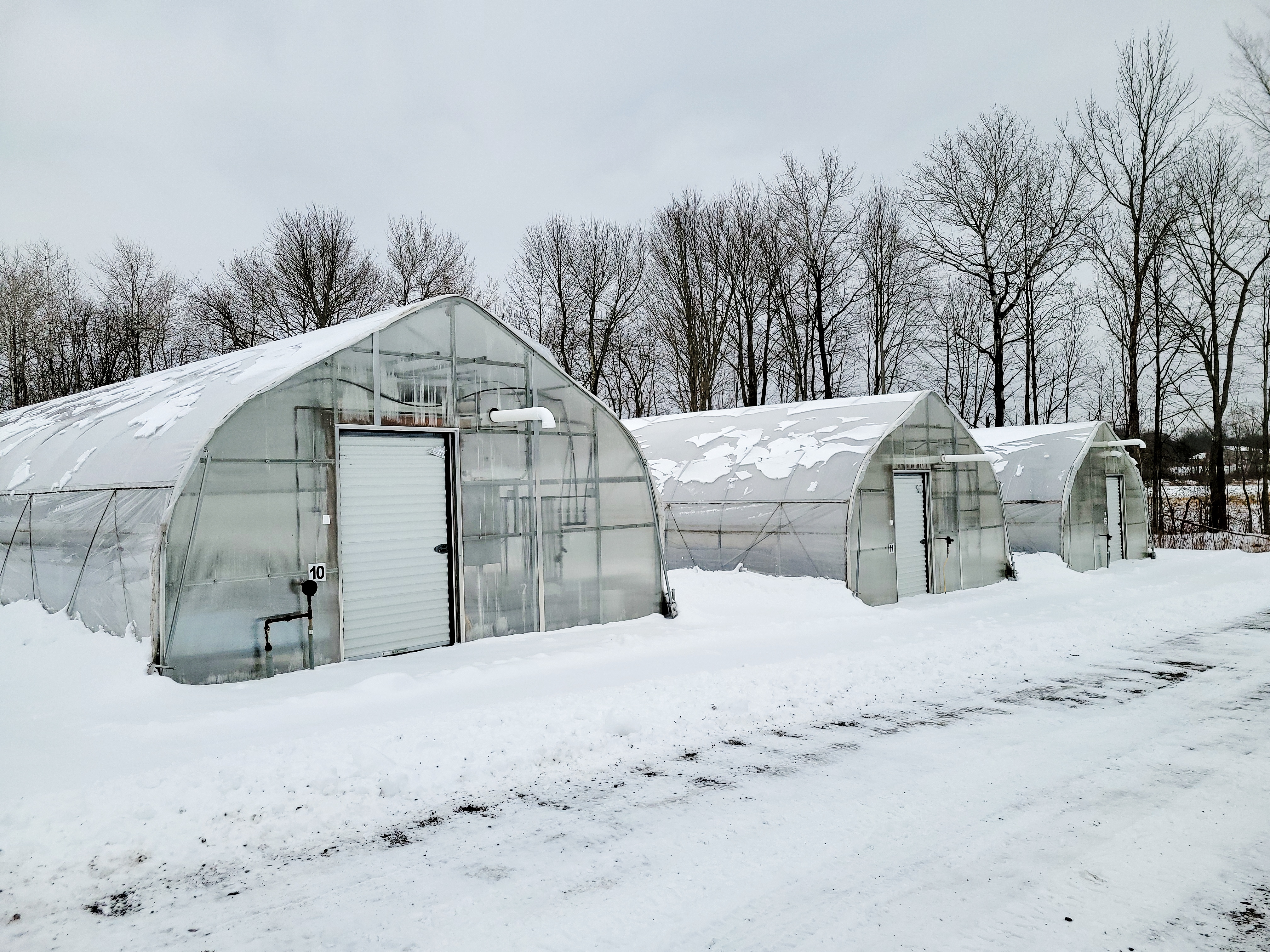
2. Check Your Equipment
As part of the winterizing process, inspect your high tunnel equipment for any maintenance requirements. A few common repair items to consider:
- Poly: Consider re-covering your high tunnel if your poly is showing obvious signs of wear such as discoloration or brittleness.
- Baseboards: Check for any holes or rotting that could create an opening for rodents. If you have wooden baseboards that need to be replaced, consider Rimol’s polycarbonate and aluminum baseboard system – a one-and-done solution.
- Hardware: Give all the hardware on your greenhouse a good tightening, and check for any missing hardware. Keeping hardware tight is important for standing up against wind and winter storms.
- Heaters: If you have a heater, is it in good working condition? Inspect the power connections and motor. Check venting and gas connections to make sure they are secure and tight. Remove any dust accumulation using a vacuum cleaner or compressed air. Follow our high tunnel heater startup checklist to get your heater safely up and running for the winter.
- HAF Fans : Clean your horizontal air-flow (HAF) fan blades and motor to remove dust and debris. Make sure that they are in good working order and positioned properly .
Check out Rimol’s selection of greenhouse and high tunnel hardware for any replacement parts that you may need.
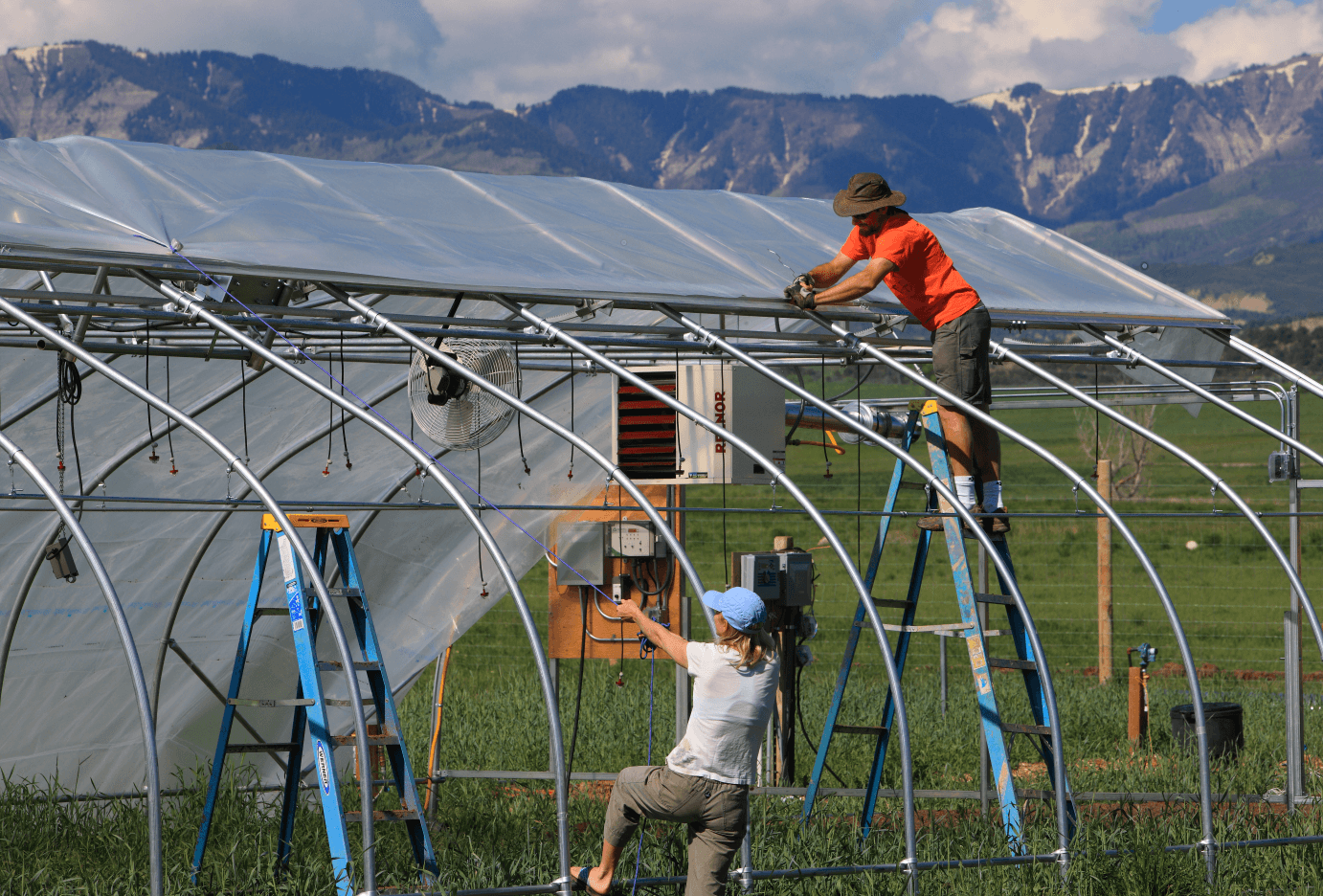
3. Prepare Your Growing Environment
An efficient and properly-sized supplemental heating system might be necessary to grow in your high tunnel through the winter. If you have an older gas or propane heater, you may be able to upgrade it to a more efficient version through NRCS funding .
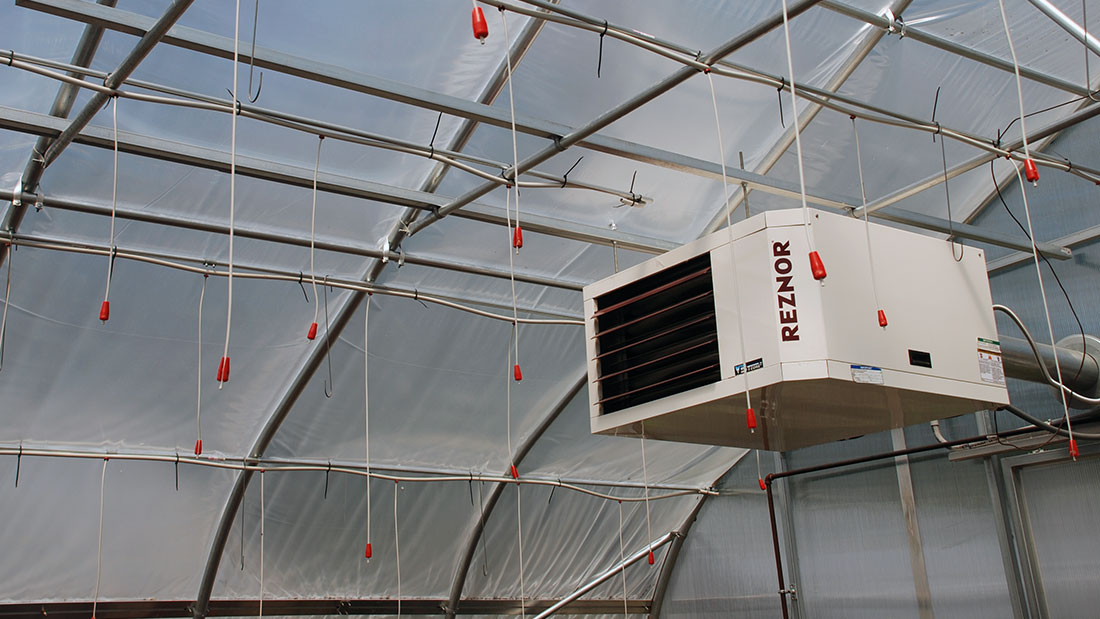
Use HAF fans to make sure that you are getting the most out of your heating system. HAF fans offer gentle but high-volume air circulation to eliminate hot and cold spots. This air flow maximizes heat distribution to reduce winter heating costs, while also helping disease suppression and insect control.
Additionally, consider strategies like bench heating, IRAC poly or energy curtains to retain more heat inside your greenhouse through the winter. Conductive under-bench heating systems like those from Biotherm can be more efficient than traditional perimeter heat and can provide more even heat distribution.

Your warm, humid greenhouse can also be the perfect place for diseases to settle in. It’s critical to balance your humidity through proper ventilation and effective dehumidifying systems.
Consider whether you need an environmental control system to manage heat, humidity and ventilation. Automated environmental controls can be fully integrated into all parts of your greenhouse system, controlling heaters, ventilation, light curtains, humidity systems and more. By consistently monitoring interior greenhouse conditions and adjusting on-the-fly, your automated system can keep your greenhouse perfectly attuned to the needs of your plants all through the winter. If you are considering upgrading to an environmental control system, check out our selection of controllers and contact us to help determine the right setup for your high tunnel.
4. Pick the Right Crops
When planning your winter grow, it’s critical to pick crops you know will withstand the extremes of winter conditions.
While your greenhouse may mitigate many of the most damaging aspects of the winter season, growers in northern and snowy climates should still seek out hardy root vegetables and leafy greens - like spinach, kale, carrots, and collards - to ensure success throughout the winter growing season.
Alternatively, consider planting a cover crop like peas, beans, clovers or vetch to retain soil moisture, sustain microbiomes and help add nitrogen to your soil.
Check out resources like Johnny’s Selected Seeds to find crop varietals that will thrive through the winter.
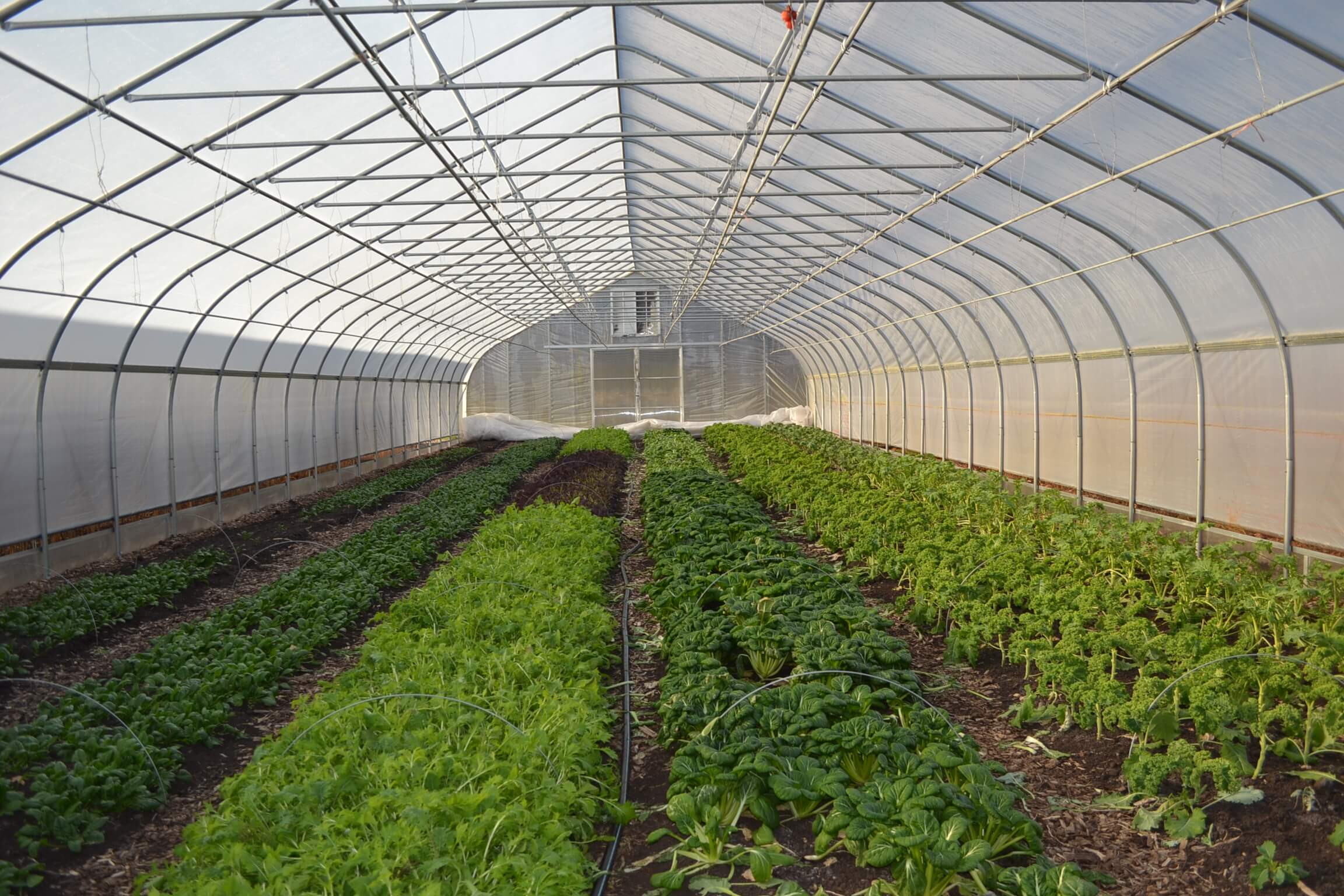
5. Harvest Efficiently
One of the most common mistakes first-time winter growers make is to treat the winter harvest like the spring or summer. While growing periods during other times of the year might culminate in one big harvest, winter harvests should ideally be spread out to cover the entire season. This means being smart about your scheduling, harvesting when you need to, and allowing plants that can regrow to do so.
Many winter growers plan out their beds in rows which can be harvested one-by-one, allowing the first-harvested rows to re-grow and repopulate in the time the other rows are being harvested. That way, the cycle of fresh veggies being harvested will last until spring and market growers can continue to provide fresh crops throughout the winter without leaving customers wanting.
Keeping your greenhouse fresh and productive through the winter may seem difficult to the inexperienced, but with smart planning and the right tools you can keep your best produce coming in strong through the winter and well into the spring season.
